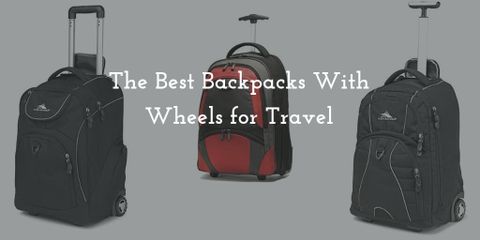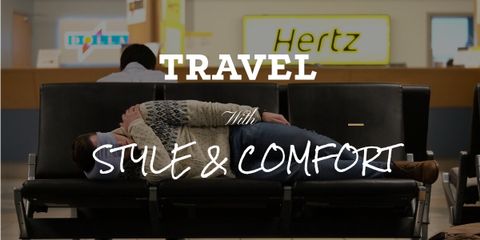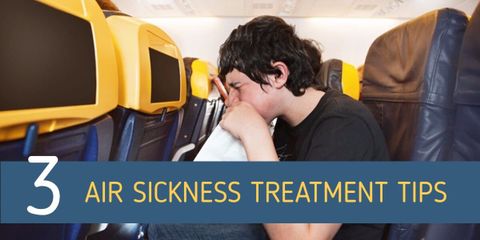
All You Need to Know About Travel Pillows for Comfortable Trip
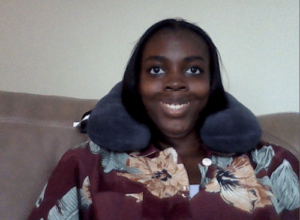 I was looking through the questions that people asked about traveling in comfort and I was really surprised by the results. I was looking through the questions that people asked about traveling in comfort and I was really surprised by the results.
I was looking through the questions that people asked about traveling in comfort and I was really surprised by the results. I was looking through the questions that people asked about traveling in comfort and I was really surprised by the results.
There were hundreds of questions about how to make air travel more comfortable, especially on long flights. But there were tens of thousands of queries about pillows! Neck pillows, travel pillows, inflatable pillows – they were top of the list for people who wanted to be comfortable.
I have clearly been missing something. On all my travels – including some long-haul flights – I’ve been happy when the cabin crew has handed out baby sized pillows and blankets, along with compression socks with no heels and tiny tubes of toothpaste!
Clearly, I needed to do some in-depth research on what makes for a quality travel pillow! So, I asked Mr. Google – and got back 8,42 million responses! About travel pillows? Someone could spend an entire lifetime researching all of that!
So here is some information for those of you who, like me, didn’t know what an important topic this was.
Why Do You Need a Travel Pillow?
Anyone who has fallen asleep in front of the TV knows how you can wake up with a stiff neck and sore back and shoulders. You also have experienced waking up with a jerk as your head falls forward.
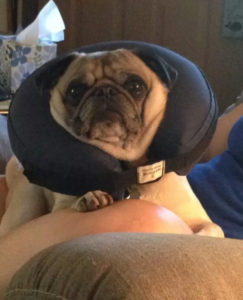 Seven bones in your neck make up your cervical spine, normally shaped in a gentle curve, and supported by muscles and tendons. If you sleep with your neck bent or extended, you lose the natural neck position and cause stress on your spine and supporting muscles. Trying to sleep upright in a narrow airline or bus seat – or even in your car - is an invitation for pain.
Seven bones in your neck make up your cervical spine, normally shaped in a gentle curve, and supported by muscles and tendons. If you sleep with your neck bent or extended, you lose the natural neck position and cause stress on your spine and supporting muscles. Trying to sleep upright in a narrow airline or bus seat – or even in your car - is an invitation for pain.
This is why the most popular shape of neck pillow is the u-shape that fits around your neck. it is not designed as a “pillow” in the normal sense. It is designed to hold your head up and your neck in its normal position.
However, we are much too entrepreneurial to stick with such a basic requirement. How do we make the pillow more effective? More comfortable? More luxurious?
Features to Look for in Travel Pillows
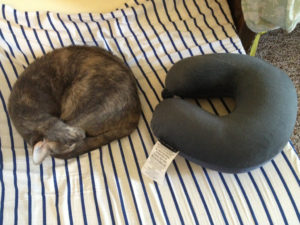 Some of the features I discovered included
Some of the features I discovered included
- Weight and size
- Filling
- Covering
- Shape
Weight and size for packing
As we all know, weight and size are important, especially for air travel. So, I was interested to see specifications for pillows at less than 4 oz in weight – and folding up to the size of a grapefruit. Another quite large pillow was advertised as weighing as much as a smartphone. One brand that I saw was really multi-tasking. Their pillow was a jacket – you just rolled it up into the collar and used it as a pillow! Some pillows inflate and deflate – and the requirement here is that this should be quick and easy. One post suggested that an inflatable pillow should also have some foam in it, in case of punctures!
Filling
 Soft memory foam seems to be the most popular filling. Memory foam is an interesting product, designed by NASA in the 1970’s, then used in the medical industry, primarily to reduce pressure sores, and then finally taken up by the mattress industry.
Soft memory foam seems to be the most popular filling. Memory foam is an interesting product, designed by NASA in the 1970’s, then used in the medical industry, primarily to reduce pressure sores, and then finally taken up by the mattress industry.
Memory foam is unique because of its ability to conform to your body and reduce pressure points. Standard foams compress and then want to spring back to their original shape.
Individual memory foam cells have holes in them, so when they compress they spread the air pressure to adjoining cells. This means that when you are lying on memory foam you don’t feel any pressure. In addition, because of the open cell structure, there is better airflow, so you stay cooler.
To add some strength to the design, some pillows have inner ribs. These adjust to the contours to your neck, jaw, or shoulder shape.
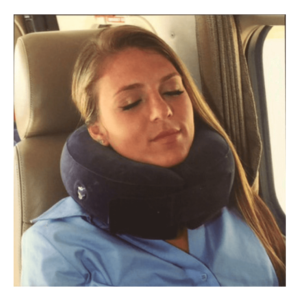 Several top brands have additional air circulation vents in the filling to make sure that the pillow remains cool. One brand infuses the memory foam with gel. Apparently, this makes the pillow dramatically softer and cooler. Another adds aromatherapy oils. They recommend lavender for calming and rejuvenating; chamomile for relaxation; peppermint for clarity of mind and healthy respiration! Other fillings included urethane foam (which packed to one-fifth its normal size), polystyrene and even silicon-covered micro-beads to reduce sound.
Several top brands have additional air circulation vents in the filling to make sure that the pillow remains cool. One brand infuses the memory foam with gel. Apparently, this makes the pillow dramatically softer and cooler. Another adds aromatherapy oils. They recommend lavender for calming and rejuvenating; chamomile for relaxation; peppermint for clarity of mind and healthy respiration! Other fillings included urethane foam (which packed to one-fifth its normal size), polystyrene and even silicon-covered micro-beads to reduce sound.
Remember that you get what you pay for. There may be cheap pillows available, but they may have low-density memory foam or they may be layered with other cheaper foam products and made with chemicals.
Covering
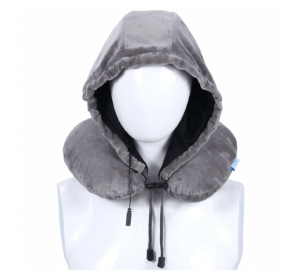 A feature that certainly sets cheap pillows apart from better ones is fabric covering. What you don’t want is a fabric that sticks to your skin and makes you feel sweaty – so polyesters and nylons are not good choices.
A feature that certainly sets cheap pillows apart from better ones is fabric covering. What you don’t want is a fabric that sticks to your skin and makes you feel sweaty – so polyesters and nylons are not good choices.
Some better coverings included modern fabrics like Bamboo or Tencel. These are “rayons” or “artificial silks”, made by dissolving the cellulose in bamboo and other woods and reconstituting it into new fibers.
These fabrics are generally hydrophilic, which means that they absorb water while the surface remains dry.
They also mimic wool by having good wicking properties – ie they move moisture away from your skin and to the atmosphere. Fabrics feel cool rather than damp and are very soft and refreshing.
 Also look for removable and machine-washable covers. We want to start a new trip with a clean pillow!
Also look for removable and machine-washable covers. We want to start a new trip with a clean pillow!
Some of the colors and patterns of coverings are really entertaining. I saw a range that featured the logos of all the top basketball teams. Another looked like slices of fruit.
Kiddies will enjoy the cartoon characters. But I wonder why you would want to come aboard looking as if you’ve brought your pet cat or fox with you. And what is that other shape – your pet shrimp?
Shape
Shape clearly matters if you’re deciding on which pillow to buy.
U-shape Pillow
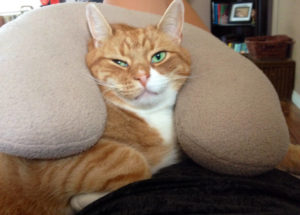 By far the most popular are varieties of the u-shape or horseshoe shape that fit around the back of your neck. The design supports your head and neck if you are upright. The problem is that it pushes your head forward if you try to lean back in your seat.
By far the most popular are varieties of the u-shape or horseshoe shape that fit around the back of your neck. The design supports your head and neck if you are upright. The problem is that it pushes your head forward if you try to lean back in your seat.
There are some modifications to this u-shape, with pillows that wrap around your neck like a scarf or a buff. Some even look like medical neck braces.
Peanut Pillow
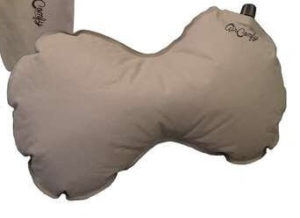 If you want to lean back in your seat, then try a peanut shape. This is more like a small traditional pillow, with an elastic band to secure it to your headset. This shape supports both sides of your neck. You can also use it to support your lower spine – just tuck it in behind the small of your back. One clever company has added silicon strips to the back of the pillow so that you can lean against the window or side of the plane or bus without the pillow slipping.
If you want to lean back in your seat, then try a peanut shape. This is more like a small traditional pillow, with an elastic band to secure it to your headset. This shape supports both sides of your neck. You can also use it to support your lower spine – just tuck it in behind the small of your back. One clever company has added silicon strips to the back of the pillow so that you can lean against the window or side of the plane or bus without the pillow slipping.
Banana Pillow
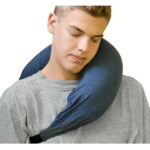 I also saw one that was shaped like a banana and draped over your shoulder and across your chest. It looked very comfortable, although it seemed to be supporting only one side of your neck. It deflates into a small roll that can be clipped onto the handle of your carry-on.
I also saw one that was shaped like a banana and draped over your shoulder and across your chest. It looked very comfortable, although it seemed to be supporting only one side of your neck. It deflates into a small roll that can be clipped onto the handle of your carry-on.
Ostrich Pillow
 A shape that hit the social media and TV headlines is the “ostrich pillow”. Have a look at the YouTube video of the first version here. It looks a bit like a furry space helmet. You’d have to ignore all the stares and put up with the heat of all that pillow around your head, neck, and shoulders. But, as the marketing blurb promises, you’d be asleep anyway and very comfortable.
A shape that hit the social media and TV headlines is the “ostrich pillow”. Have a look at the YouTube video of the first version here. It looks a bit like a furry space helmet. You’d have to ignore all the stares and put up with the heat of all that pillow around your head, neck, and shoulders. But, as the marketing blurb promises, you’d be asleep anyway and very comfortable.
I thought this was just a joke, but then I found that the manufacturers are applying serious design principles to their models, and they have come out with slightly more stylish versions, that provide both comfort and support.
J-shape Pillow
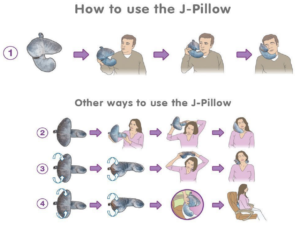 Another interesting shape is the “J-shape” pillow. It looks a bit like a whale tail – and is designed to cradle your head and chin from the side.
Another interesting shape is the “J-shape” pillow. It looks a bit like a whale tail – and is designed to cradle your head and chin from the side.
When I first looked at this, I couldn’t work out how I would wear it. Luckily, Mr. Google came to my rescue with the directions:
Tray Table Pillow
Perhaps the ultimate answer for when you are desperately trying to sleep on a long flight, and all the seats around you are occupied, is the tray table pillow.
You can literally put your head down, either with your face into the hole in the pillow (a bit like the space for your face on a massage table) or with your head to one side. I wondered about how much pressure this position might place on your neck and back, but apparently, this pillow was designed with input from yoga teachers and physiotherapists and it supports your head and upper body.
Give Your Neck Some Rest
Well, there you have it. Who would have known that there is a whole industry and plenty of science behind making sure that you are comfortable while traveling? I am certainly going to try out a few of these neck pillows on my next trips.
Please share your stories with us, and let us have your tips for being comfortable while traveling.
Written By Kate Mark

Kate is a mid-lifer who quit a growing corporate career to reawaken her passions and her lifelong dream of traveling the world.
